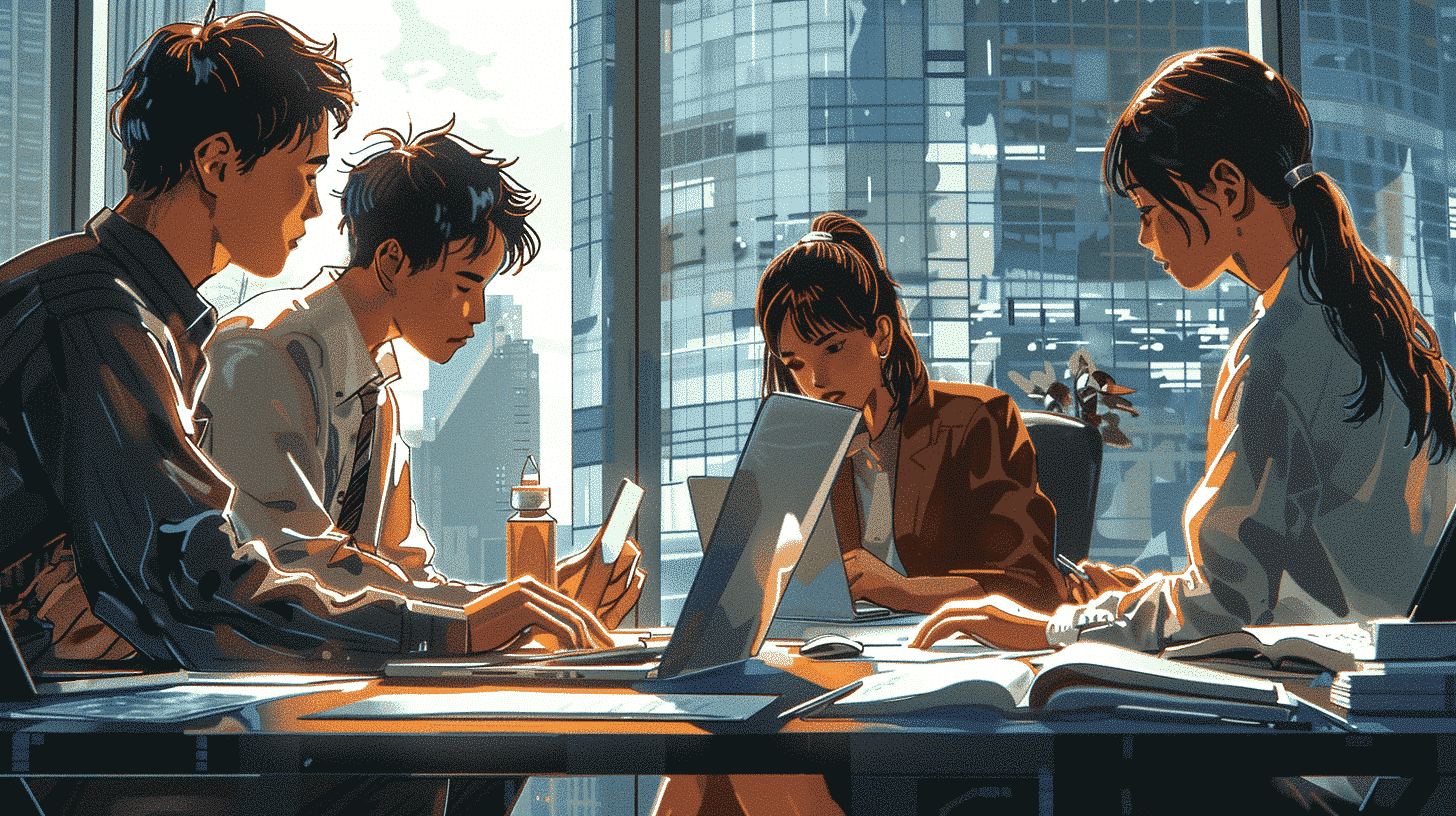###
The Essence of Maori Art: Key Terms
Toi, the Maori word for art, encompasses a wide range of creative expressions. Maori art is highly respected and is often a means of preserving historical and spiritual beliefs across generations.
Tā moko refers to the traditional Maori tattooing, often on the face or body, which represents the individual’s lineage and personal history.
Kua oti i a Hemi tana tā moko. (Hemi has completed his traditional tattoo.)
Whakairo is another significant art form, meaning carving. Wood, bone, and stone carvings hold special significance in Maori culture, often used to decorate meeting houses or wharenui.
He tohunga whakairo tō mātou marae. (Our marae has a master carver.)
Raranga refers to the art of weaving, another traditional Maori art that is both practical and symbolic, used in creating items like mats and baskets.
E ako ana ahau i te raranga harakeke. (I am learning to weave flax.)
###
Exploring Maori Music and Instruments
Waiata, which means song or singing, is central to Maori culture. These songs are a way to convey folklore, legends, and history, as well as to welcome guests or mark special occasions.
He waiata hou tēnei mō te kura. (This is a new song for the school.)
Taonga pūoro are traditional Maori musical instruments. These instruments are typically used to accompany the waiata and are believed to hold spiritual significance.
Kei te ako ia ki te whakatangi taonga pūoro. (He is learning to play traditional musical instruments.)
Haka is a type of ancient Maori dance traditionally used on the battlefield, as well as when groups came together in peace. Today, it is also performed to welcome distinguished guests, or at special events and celebrations.
Ka tū te haka i te ahiahi nei. (The haka will stand this evening.)
###
Integrating Art and Music: Celebration and Rituals
Poi is a performance art that involves swinging tethered weights in rhythmic patterns. It is usually accompanied by waiata and dances.
He tino pai ngā kōtiro ki te poi. (The girls really like the poi.)
Kapa haka is the term for a group performance that includes singing, dancing, and the haka. It is a dynamic expression of Maori culture and often performed during cultural competitions and festivals.
Ka haere mātou ki te kapa haka āpōpō. (We are going to the kapa haka tomorrow.)
###
Preservation and Education
The revitalization of the Maori language and its associated cultural practices is vital for maintaining the heritage. Schools and communities across New Zealand are actively engaging in education and preservation efforts.
Kohanga reo are language nests where young children are immersed in the Maori language and culture from an early age.
Kei te kohanga reo taku tamaiti. (My child is at the language nest.)
Wananga are tertiary institutions that provide education in a Maori cultural context, helping to foster a deeper understanding and continuation of traditional practices.
Kei te wananga au e ako ana. (I am studying at a wananga.)
###
Conclusion
Understanding and using these Maori words related to art and music not only enriches language learning but also deepens the appreciation of the Maori culture. As we integrate these terms into our vocabulary, we partake in a broader, more inclusive dialogue that respects and celebrates the indigenous culture of New Zealand. Let us continue to explore, learn, and preserve this beautiful language and its expressions of life and art.









